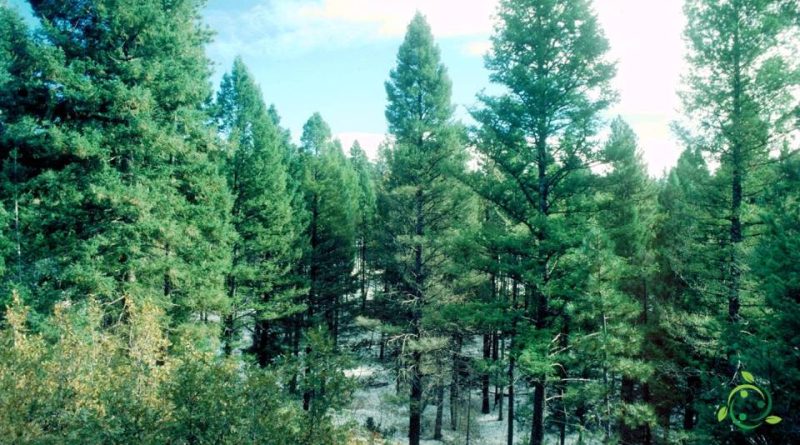Reproduction of the Douglas fir
Reproduction of the Douglas fir
The Douglas fir or coastal Douglas fir (Pseudotsuga menziesii (Mirb.) Franco) is an evergreen conifer widespread in North America where it reaches even 100 m.
Suitable breeding habitat –
Douglas fir is a plant native to the coastal regions of North America, spread from British Columbia (Canada) to California (United States); it is particularly common in the states of Washington and Oregon, where it is a primary source of timber. In California it is located in the Klamath Mountains until reaching the north-central Sierra Nevada to the south. Its habitat varies from sea level up to a height of 1,800 m.
This species was introduced in Europe in 1830 and is undoubtedly the most widespread forestry species.
Propagation –
Pseudotsuga menziesii is a plant that prefers a moist but not waterlogged alluvial soil. Plants grow very well in areas of high rainfall, but mainly on slopes and other well-drained sites and does not like limestone soils.
It is a very slow growing plant for the first few years; subsequently it accelerates by emitting new shoots up to 1.2 meters per year. In general it is, however, a fast growing and quite wind resistant tree, it is often used in the plantations of the protection belt.
Furthermore, trees should be planted in their permanent positions when they are quite small, between 30 and 90 cm. Larger trees have difficulty taking root and this also affects the formation of the root system.
Propagation takes place by seed which must be sown from autumn to winter in a cold seedbed so that it is stratified.
The seed can also be stored dry and sown in late winter. When the germinated seedlings have reached the size to be handled, they should be placed in single pots and grown in the light shade in a cold greenhouse or sheltered environment for their first winter.
However, it is advisable to cultivate the plants for at least two years in the seedbed before planting them.
The transplant in the open field must be carried out in late spring or early summer and, in any case, after the last foreseen frosts. Seedlings tolerate light shade for the first few years of growth.
Remember that to find the seed the cones often fall from the tree with the seed still inside.
Ecology –
Douglas Fir was first introduced to Europe from North America in 1830 and was then planted on a large scale and is now the most economically important exotic tree species in European forests.
This conifer adapts to the habitat in a similar way to native tree species such as Norway spruce, silver fir or European beech. In general, many organisms have shown that they can live with Douglas fir and in some cases even benefit from its presence.
Particular microclimatic conditions in the canopy of Pseudotsuga menziesii can lead to reduced arthropod densities during the winter with possible negative consequences for birds. The ecological impacts of Pseudotsuga menziesii fir are not as severe as those of other exotic tree species, e.g. Pinus spp. in South Africa and Ailanthus altissima, Prunus serotina and Robinia pseudoacacia in Europe. However, this species can negatively impact individual groups of organisms or species and is now regenerating naturally in Europe.
In its use it is a plant with a rapid growth, which allows it to be widely exploited and used in woody production, and it adapts to any soil. Douglas fir wood is in great demand, but its strength and texture are not uniform: it therefore requires careful selection for good uniformity. Its use is varied especially in construction: boats, bridges, houses, carpentry in general, railway axes, precisely because of its lightness, strength, elasticity and resistance to atmospheric agents. It is also widely used in the paper industry. A mature Douglas fir is also a beautiful ornamental tree and is not difficult to see in parks or gardens; it is also used as a Christmas tree.

